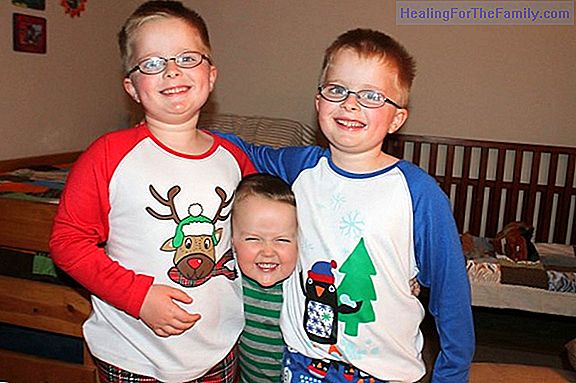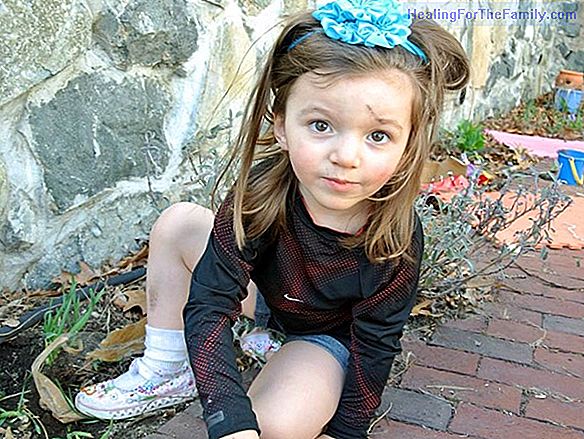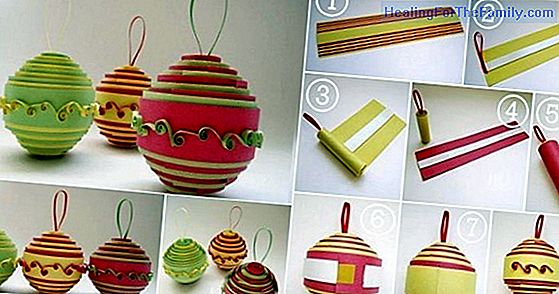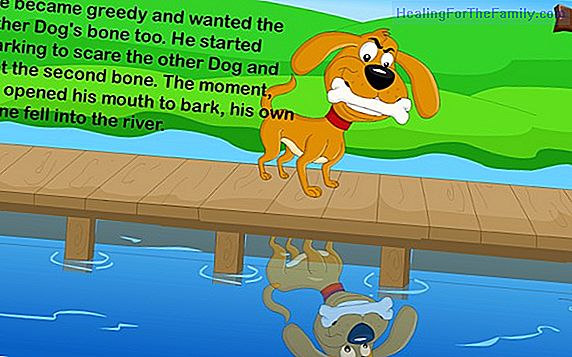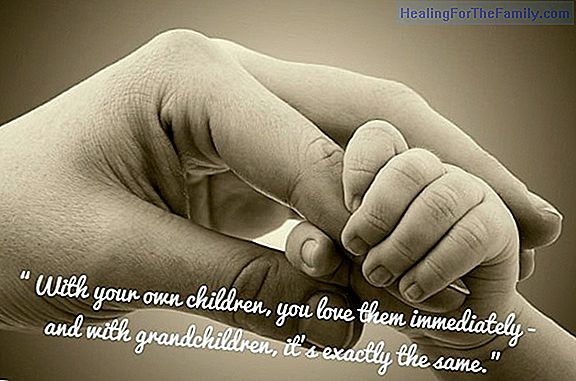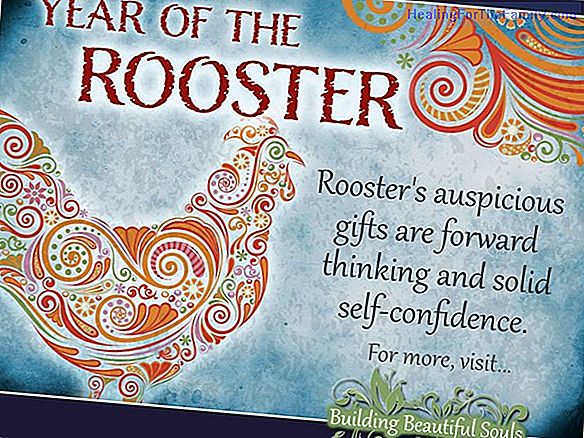The practice of Capoeira for children
The practice of Capoeira must be compatible with the level of motor development of each child, that is, according to the age, abilities and capacity of each one. Capoeira classes, for both boys and girls, usually follow a specific training program, according to the age range in which they are. Capoe
The practice of Capoeira must be compatible with the level of motor development of each child, that is, according to the age, abilities and capacity of each one. Capoeira classes, for both boys and girls, usually follow a specific training program, according to the age range in which they are.
Capoeira for children
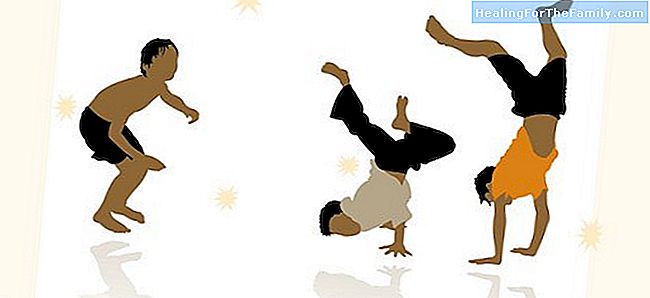
1- Phase I. For children from 2 to 6 years old.
In this phase we work with the diversity of movements and create the greatest number of different situations. Children from 2 to 4 years old can concentrate for a period of 15 to 20 minutes. Some may get to sing Capoeira music, although out of tune, and have less inhibition to sing in a group. Children between 5 and 6 years old are able to concentrate for a longer period, up to 30 minutes. In this phase they learn easily through concrete situations.
The little ones have a lot of imagination, but they already differentiate the real from the imaginary and sing Capoeira music with more rhythm. In this phase Capoeira is used to achieve the integral development of children, making them build their own movement, within their own personality.
2- Phase II. For children from 7 to 12 years old.
In this phase the technique is worked and motivated since some of the children's skills are more developed. Children between 7 and 9 years old already manage to run, jump, climb, drag, dance, skate, etc., with more ease. Between 10 and 12 years old, children are more prepared to receive more elaborate information regarding the technical part of Capoeira. Just be careful with excess repetition in the same joints or muscle groups. We must also consider that the motivation of the classes occurs through the games.
From the age of 12, when children begin the adolescent phase, the basic movements of Capoeira will be carried out in the classroom with more will, without the need to use so many games.
How children's capoeira is practiced Juegos - Games that rescue the origin and evolution of Capoeira;
- Natural gymnastics (imitation of animals);
- Musical activities: construction and use of musical instruments, vocal expression (singing), musical letters and their meanings;
- Bodily activities that come to develop psychomotor behaviors such as: laterality, spatial structuring, space-time relationship, motor-coordination, reaction time, rhythm, etc .;
- Basic movements of Capoeira;
- Graphic and artistic expression: designs, paintings, modeling, montage and dramatization;
- Application of the knowledge acquired with the practice at the Capoeira Wheel;
- Participation in Capoeira events.
Read more about the
benefits and the history of Capoeira .Article Source:
- Grupo Abada Capoeira Gato

